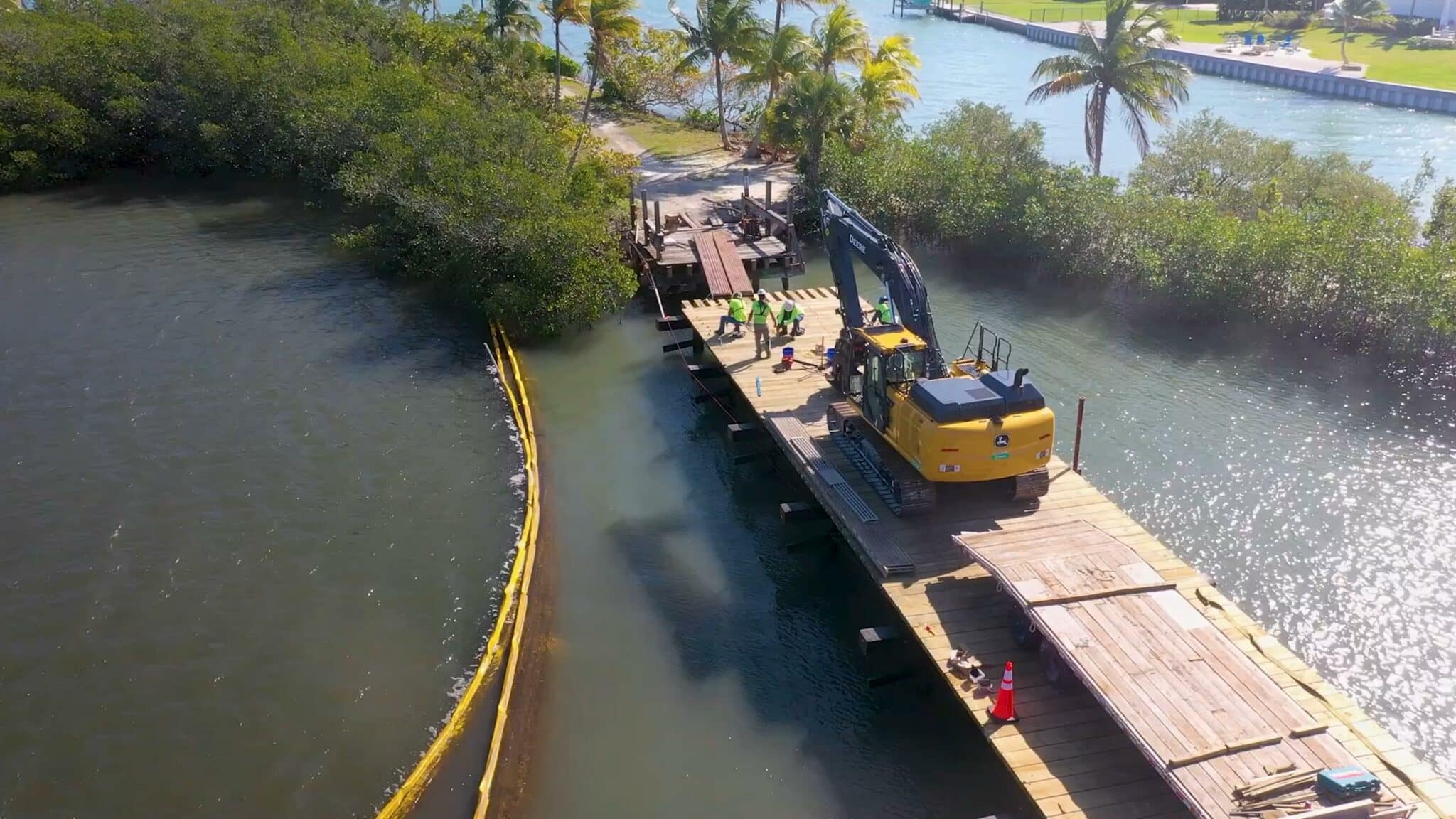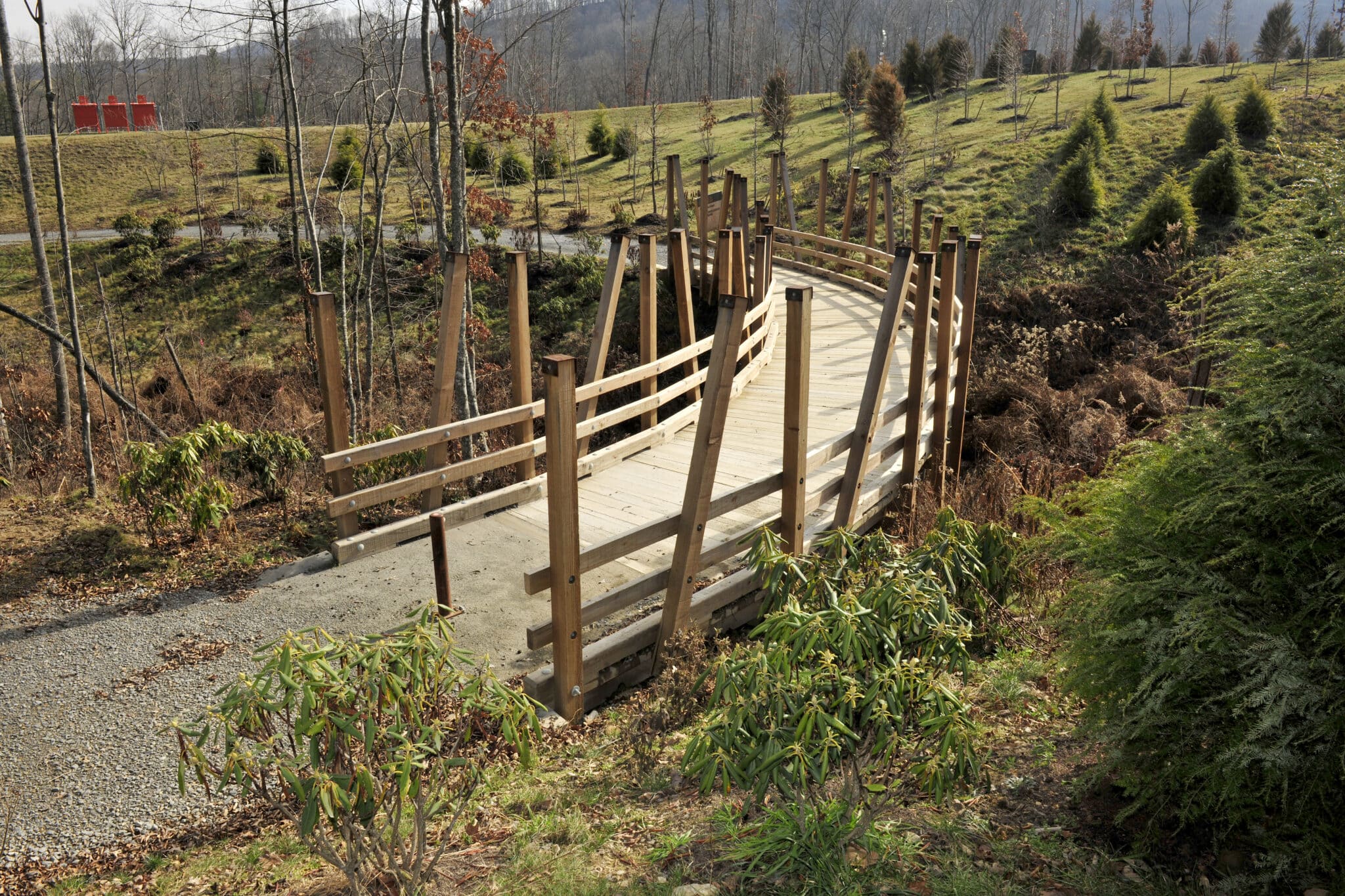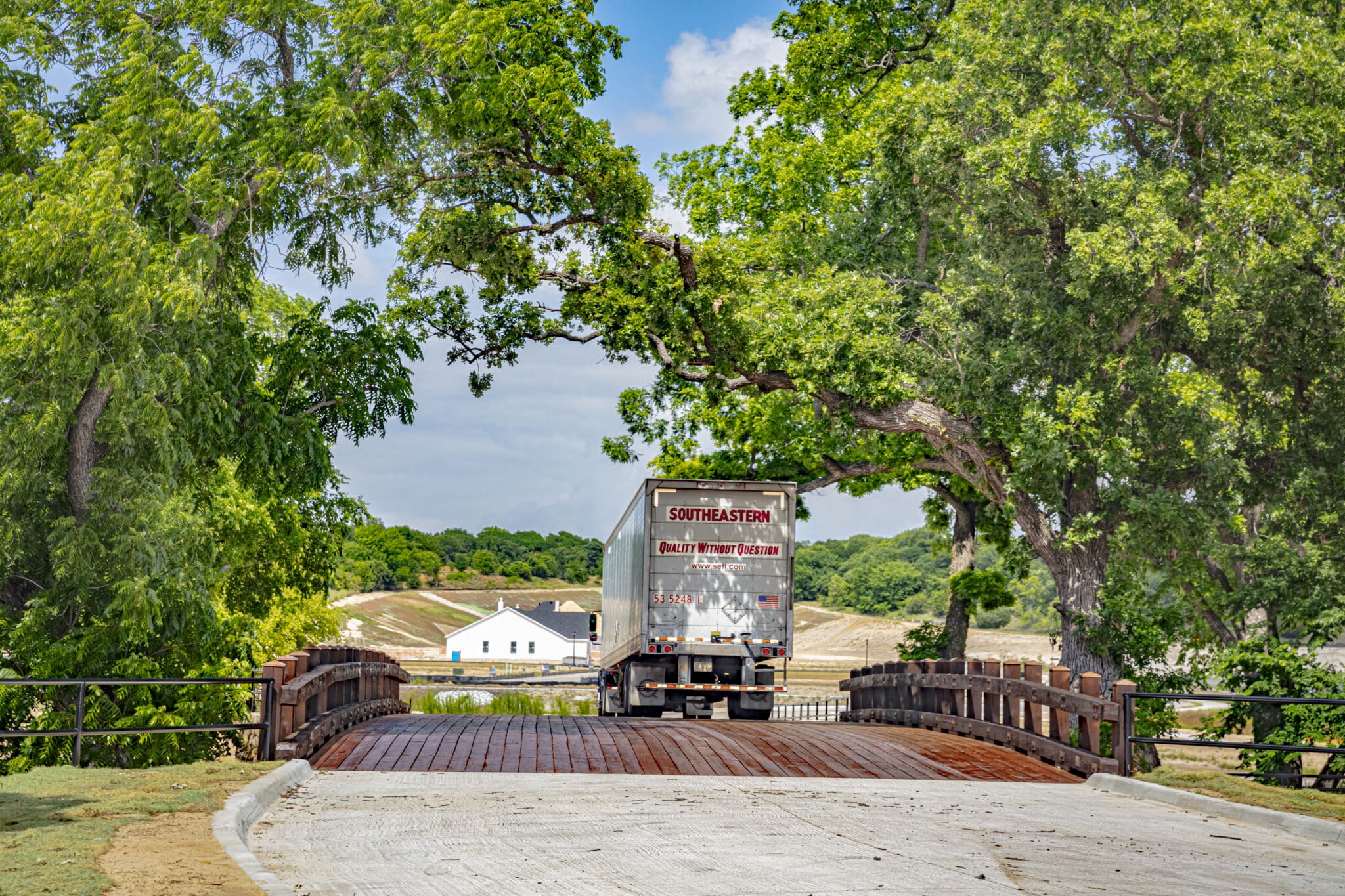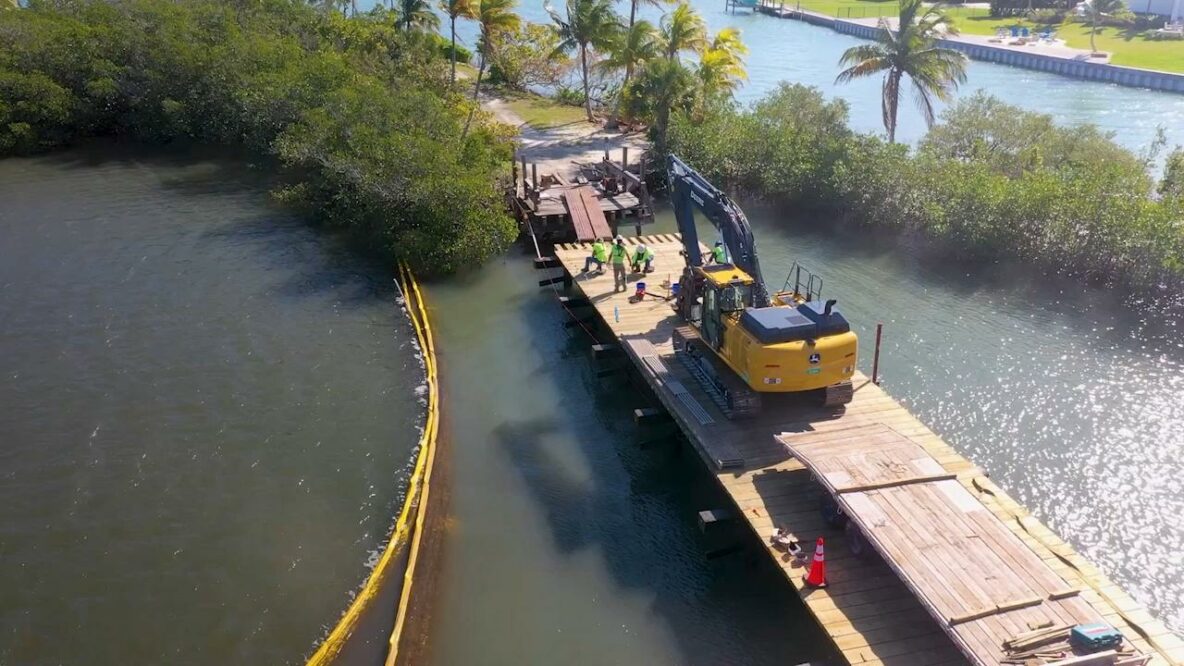
Wetland Mitigation Bridge Construction with york bridge concepts
Constructing bridges in wetlands presents unique challenges due to strict environmental regulations, sensitive ecosystems, and the need for sustainable engineering solutions. Improper construction can lead to habitat destruction, water pollution, and regulatory violations. By following best practices, developers can ensure that their wetland crossings are both environmentally responsible and structurally sound. Timber bridges have emerged as an ideal solution for wetland crossings, minimizing disruption while maintaining durability and functionality.
Key Challenges in Wetland Bridge Construction
1. Regulatory Compliance
Developers must adhere to federal, state, and local regulations governing wetland construction. Agencies such as the U.S. Army Corps of Engineers (USAE) and the Environmental Protection Agency (EPA) enforce strict permitting requirements to ensure minimal impact on wetlands. Nationwide Permits (NSPs) provide streamlined approval for projects that meet environmental criteria (USACE, 2023).
2. Avoiding Soil Compaction and Habitat Disruption
Wetlands have delicate soil structures that are highly susceptible to compaction, which can alter water flow and damage vegetation. Heavy machinery and deep foundations can cause irreversible harm to the ecosystem.
- Solution: Utilize lightweight construction materials and pile foundations to minimize soil displacement.
- Solution: Employ Deck-Level (top-down) construction techniques to reduce equipment intrusion into wetland areas.
3. Ensuring Long-Term Stability in Wetland Conditions
bridges in wetland environments must withstand constant exposure to moisture, shifting soils, and biological factors such as rot and insect infestation.
- Solution: Use naturally durable timber species or pressure-treated wood with environmentally safe preservatives
- Solution: Incorporate elevated designs to allow natural hydrology to persist beneath the bridge.
Innovative Construction Techniques for Wetland Bridges
1. Deck-Level (Top-Down) Construction
Top-down construction or Deck-Level construction is a highly effective method for wetland bridge projects. It allows bridge components to be placed from above or the deck, minimizing soil disruption and reducing the need for temporary access roads.
2. Pile Foundations
Unlike traditional deep foundations, timber pile require minimal excavation and can be installed with minimal ground disturbance. They provide excellent load-bearing capacity while reducing environmental impact.
3. Timber Superstructures
Timber bridges offer several environmental benefits:
- Sustainable and renewable material
- Lower carbon footprint compared to concrete or steel
- natural aesthetics that blend seamlessly into wetland landscapes
How York Bridge Concepts Ensures Compliance & Sustainability
YBC specializes in designing and building environmentally sensitive wetland bridges.
Our approach incorporates:
- Compliance with wetland permitting requirements
- Low-impact construction techniques
- Durable, sustainably sourced timber materials

Summit Bechtel Reserve, WV
York Bridge Concepts successfully constructed multiple bridges in the Summit Bechtel Reserve while preserving wetland habitats. The use of timber piles and elevated timber structures allowed for minimal ecological disruption while providing essential connectivity.

Willow Park Timber Bridge, TX
This multiple-span vehicular timber bridge was designed to comply with AASHTO standards while ensuring minimal impact on the surrounding wetlands. YBC's use of Legacy Trim and protective coatings extended the bridge's lifespan without harming the ecosystem. This bridge is so admired by the town of Willow Park another bridge is to be built in an adjacent development.
Constructing bridges in wetlands requires a careful balance between engineering needs and environmental stewardship. By leveraging best practices such as top-down construction, timber piles, and sustainably sourced timber, developers can ensure compliance while maintaining ecological integrity. York Bridge Concepts continues to lead the industry in sustainable wetland bridge construction, helping developers achieve their project goals while protecting critical ecosystems.
Sources:
U.S. Army Corps of Engineers (USACE). (2023). Engineering Guidelines for Wetland Crossings. Retrieved from https://www.usace.army.mil/
Wetlands International. (2023). Best Practices for Infrastructure in Wetlands. Retrieved from https://www.wetlands.org/
Create Your Legacy Today
Discover the intersection of strength, durability, and environmental responsibility with York Bridge Concepts. Let's build a bridge to the future together.

